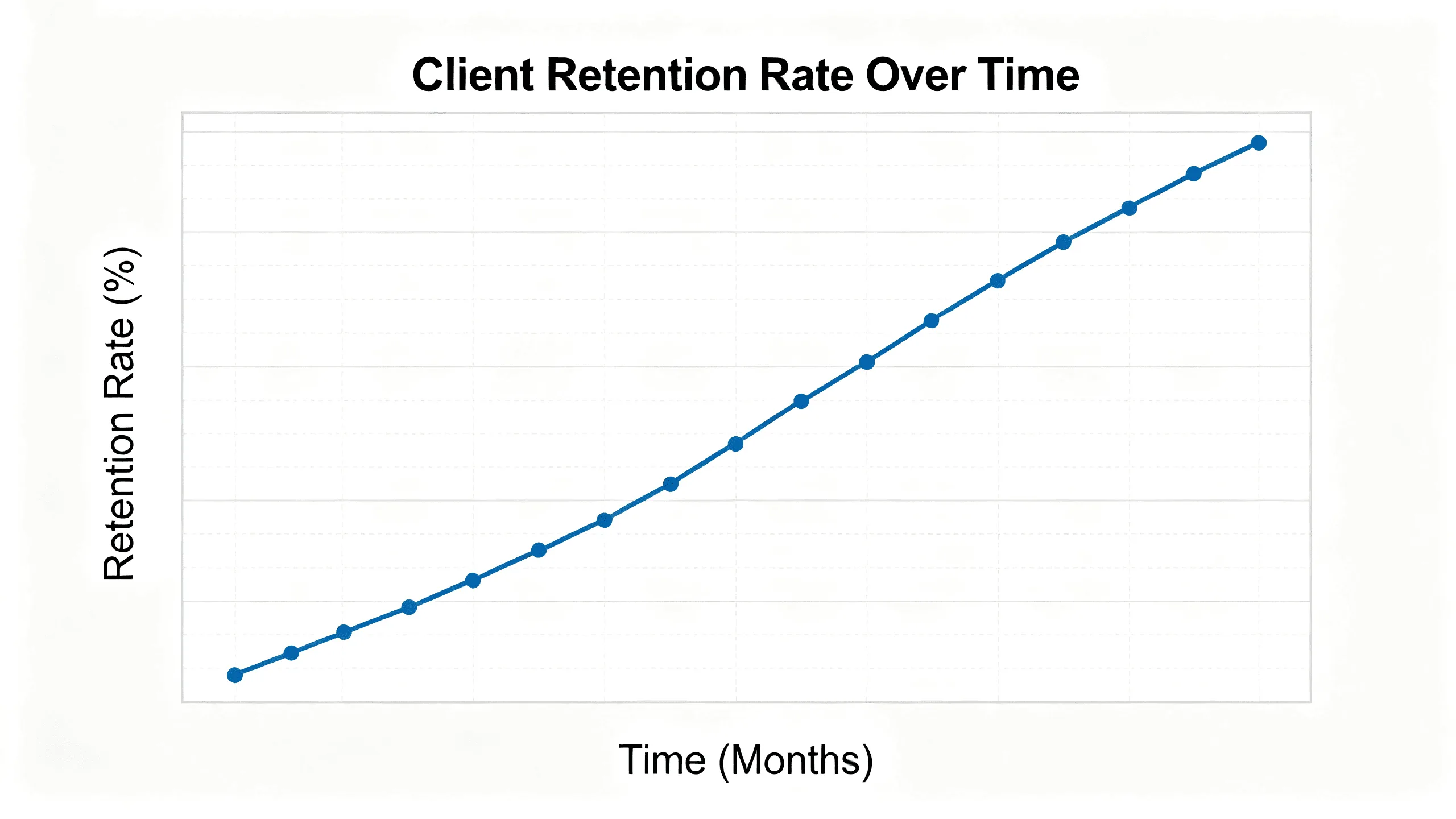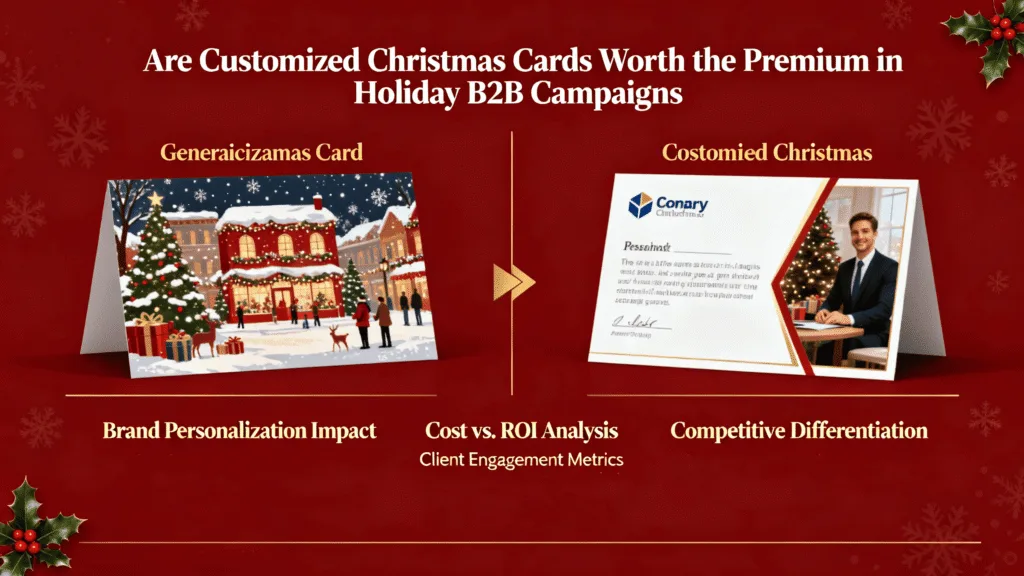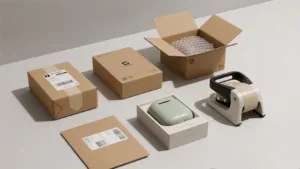Your generic holiday card lands on a client’s desk, buried under dozens just like it. It’s a missed chance to connect, a gesture that feels impersonal and is instantly forgotten, wasting your time and money.
Yes, custom Christmas cards are worth the investment. While generic cards often feel like impersonal marketing noise, a personalized card cuts through the clutter, strengthens client relationships, and delivers a tangible return on investment through enhanced brand loyalty.

I remember a logistics client who viewed holiday cards as just another box to tick. For years, they sent a generic "Happy Holidays" e-card to their entire list. I asked them, "Is the service you provide generic?" Of course not. It’s highly specialized and personal. We designed a simple, elegant paper card for them that included a small, heartfelt note thanking their top clients not just for their business, but for a specific project we’d collaborated on that year. The CEO later told me he received three personal emails from his clients specifically mentioning the card and how much they appreciated the thoughtful gesture. That is a connection an e-card or a generic mailer can never make.
Do Generic Corporate Holiday Cards Get Immediately Thrown Away?
You’ve signed off on the budget to send hundreds of holiday cards, hoping to make a positive impression. But you have a nagging suspicion that most are glanced at for a second before landing in the recycling bin, a complete waste of effort.
Often, yes. Generic cards lack a personal connection and are perceived as low-effort marketing. A custom card, however, feels like a genuine gesture, earning it a place on a desk or bulletin board and keeping your brand visible for weeks.

Think about the mail you receive at your own office during the holidays. It’s a flood of calendars, cards, and small gifts. The human brain is wired to filter out what seems generic. A card with a stock photo of a snowy landscape and a printed corporate logo is easily categorized as "impersonal marketing" and discarded. A custom-designed card, however, interrupts this pattern. The weight of high-quality paper, a unique finish like foil stamping, or a design that cleverly incorporates your brand’s personality makes it stand out. It feels different in the hand. I worked with a financial services firm that used a clean, minimalist design with their logo elegantly embossed on thick cotton paper. It didn’t scream "Christmas," but it screamed "quality"—perfectly aligning with their brand. That card didn’t just get read; it became a conversation piece.
Impact Comparison: Custom vs. Generic B2B Holiday Cards
| Feature | Generic Stock Card | Fully Customized Card |
|---|---|---|
| First Impression1 | Impersonal, forgettable | Thoughtful, professional, premium |
| Brand Alignment2 | Poor; looks like everyone else’s | Strong; reflects your unique brand identity |
| Shelf Life | Seconds (path to the trash) | Weeks or months (on a desk or board) |
| Perceived Effort | Low; a mailing list obligation | High; a sign of a valued partnership |
Can a Simple Piece of Paper Actually Strengthen a B2B Relationship?
You rely on emails, reports, and video calls to maintain your client relationships. In a relentlessly digital world, these interactions can feel cold and transactional, making it hard to build the genuine, lasting loyalty that secures long-term partnerships.
Absolutely. A physical, customized card is a tangible gesture of appreciation in an intangible, digital world. It shows you value the relationship beyond the business transaction, fostering a personal connection that digital communication often lacks.

A custom greeting card is a powerful non-sales touchpoint. It arrives with no strings attached—it’s not an invoice, a contract renewal, or a marketing pitch. Its only purpose is to convey goodwill and appreciation. This simple act triggers the principle of reciprocity; when you do something thoughtful for someone, they are more inclined to view you favorably and reciprocate in the future. In fact, corporate gifting has been shown to improve customer loyalty and retention significantly Coresight Research. The key is personalization. Go beyond just printing their name. A short, handwritten note mentioning a successful project from the past year or acknowledging their team’s hard work transforms the card from a corporate mailing into a personal message. It says, "We see you, we remember our work together, and we appreciate you." This level of thoughtfulness builds an emotional connection that is the bedrock of any strong, long-term business relationship.
How Can You Measure the ROI of a Holiday Card Campaign?
You’re asked to justify every marketing expense in your budget. Spending extra on "premium" cards seems like a soft cost that’s impossible to track, making it a difficult line item to defend to your finance department or leadership team.
While direct attribution is tricky, the ROI is measured through crucial long-term metrics like client retention, increased engagement in Q1, and enhanced brand recall. The modest premium is a small price for securing the lifetime value of a loyal client.

You don’t measure the ROI of a holiday card the same way you measure a pay-per-click ad. Its value is strategic, not just tactical. The return comes from strengthening the foundation of your business partnerships. Think about it this way: what is the cost of acquiring a new client versus retaining an existing one? It’s almost always cheaper to retain. A well-executed holiday card campaign is an investment in retention. The tangible returns often appear in the following months. A client might be more receptive to your call in January, or they might mention the "lovely card you sent" at the start of a negotiation. It keeps your brand top-of-mind in a positive context. In a crowded marketplace, differentiation is everything. When your competitors are sending generic e-cards, your beautiful, personalized physical card makes you the one they remember.
Tracking the Value: Tangible and Intangible Returns
- Tangible ROI Indicators:
- Higher client retention rates1 year-over-year.
- Direct, positive feedback from clients who mention the card.
- Increased Q1 engagement and meeting acceptance rates.
- Intangible ROI Indicators:
- Enhanced brand perception2 as a thoughtful, premium partner.
- Top-of-mind awareness for future projects or referrals.
- Improved morale among your own team, who are proud to send them.
Conclusion
In a B2B world focused on digital metrics, the power of a tangible, personal gesture is greater than ever. Customized Christmas cards are not an expense; they are a strategic investment in the human relationships that drive your business, delivering returns in loyalty, retention, and brand differentiation.
Ready to create a holiday card that your clients will actually keep? Let’s design something memorable together.
For more ideas on making your brand unforgettable, explore our insights on creating a luxury unboxing experience.
FAQ
What is the typical cost difference between generic and custom cards?
Generic, bulk-ordered cards can be very cheap, often under a dollar per card. A fully custom card might range from $2 to $5+ per piece, depending on the paper quality, printing techniques (like foil or embossing), and quantity. However, the impact and memorability are significantly higher.
What elements of a Christmas card can be customized?
Everything! You can customize the size, paper stock and texture, color palette, imagery, message, and finishes. We can incorporate your company logo, use brand-specific colors, and add premium touches like embossing, debossing, or hot foil stamping to make it uniquely yours.
When is the best time to start a B2B holiday card project?
We recommend starting the process in early Q4, ideally by mid-October. This provides ample time for design consultations, revisions, production, and shipping, ensuring your cards arrive on your clients’ desks well before the holiday break without rush fees.
Can you print a personalized message for each recipient?
Yes, using Variable Data Printing (VDP), we can print a unique message or the recipient’s name on each card. However, for the most personal touch, we always recommend leaving space for a genuine, handwritten signature or a short note from your team.






